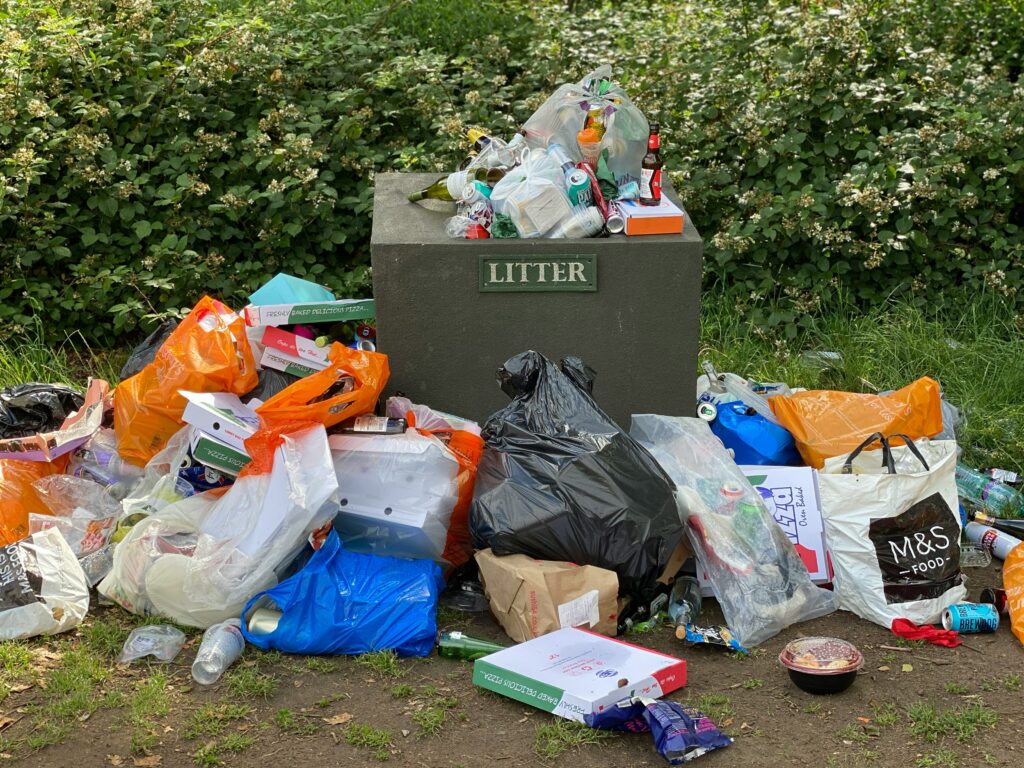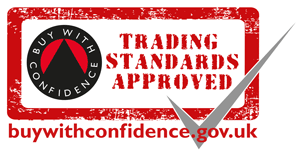Asbestos, once widely used in construction for its heat resistance and durability, is now recognised as a highly dangerous material. When disturbed, it releases microscopic fibres that can cause serious illnesses such as mesothelioma, asbestosis, and lung cancer. That’s why the removal and disposal of asbestos in the UK is tightly regulated under laws such as the Control of Asbestos Regulations 2012.
What Is Illegal Asbestos Removal?
Illegal asbestos removal refers to any handling, stripping, or disposal of asbestos-containing materials that fails to follow strict safety standards and legal requirements.
Common examples of illegal activity include:
- Removing asbestos without notifying the Health and Safety Executive (HSE)
- Failing to use licenced contractors for higher-risk work
- Workers operating without personal protective equipment (PPE)
- Improper disposal, such as dumping asbestos in general waste or fly-tipping
- Conducting work without sealing off the area to contain fibres
In the UK, most asbestos removal tasks, particularly those involving sprayed coatings, lagging, or insulation board must be carried out by a contractor licensed by the HSE.
Why Reporting Matters
Reporting illegal asbestos removal isn’t just a matter of compliance, it’s a public health imperative.
Health Hazards
Airborne asbestos fibres are invisible to the naked eye and can linger in the environment for hours. When inhaled, they can lodge in the lungs and cause life-threatening illnesses years, or even decades, later.
Environmental Concerns
If asbestos is disposed improperly then this can contaminate soil and waterways as a result can pose a hazard for children, pets, and wildlife, with cleaning this up costly for local councils.

Legal Accountability
Property owners and contractors who ignore asbestos regulations can face prosecution, heavy fines, and even imprisonment. This is why reporting such practices helps ensure that laws are upheld.
Recognising the Warning Signs
Knowing what to look for can help you identify potentially illegal asbestos activity.
Potential warning signs may include:
- No visible safety signage or barriers around a demolition or refurbishment site
- Workers removing insulation or ceiling panels without wearing proper PPE (such as respirators and disposable suits)
- Visible dust or debris near an older building being renovated
- Work being conducted at unusual hours with minimal supervision
- Waste materials dumped on roadsides or public land
Who to Contact
If you suspect illegal asbestos removal, it’s important to report it to the correct authority.
Here are some examples:
- Health and Safety Executive (HSE) – for commercial properties and licenced work
- Your local council’s environmental health department – particularly for issues involving housing or fly-tipping
- The Environment Agency – if you encounter illegal disposal or pollution involving asbestos materials
When reporting, provide as much detail as possible, including the location, nature of the work, and any photographic evidence (if it can be obtained safely).
You are not required to confront those involved, and you can often report anonymously if you have concerns about retaliation.
After You Report
Once a report is made, the relevant authority may launch an investigation. This could involve:
- Inspecting the site
- Issuing a prohibition notice to stop the work
- Prosecuting those responsible

Your action may prevent further exposure and send a clear message that health and environmental laws must be respected.
Final Thoughts
Illegal asbestos removal endangers workers, residents, and the environment. By understanding the signs and knowing how to act, you can help protect your community from this silent threat. Reporting unsafe or unlawful asbestos work is not just the right thing to do, it could save lives.
If you’re unsure about a situation, it’s better to report and let the professionals assess it than to stay silent and risk the consequences.
Need some advice about Asbestos waste?
Call us on 01623 272 611 and we'll be happy to help
